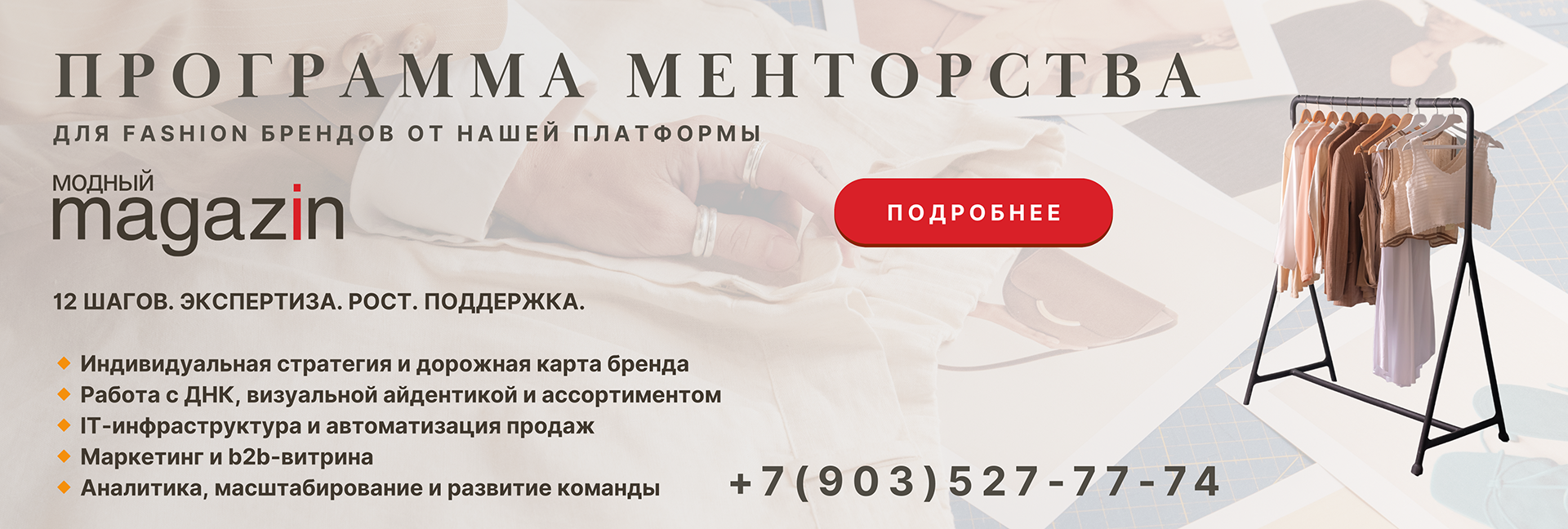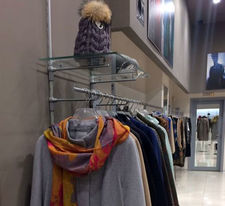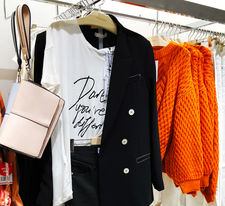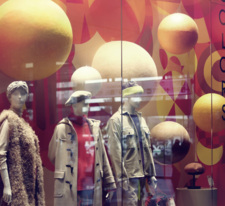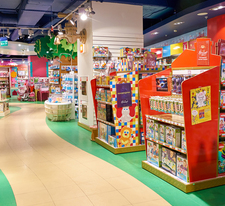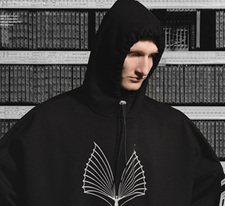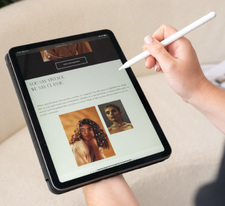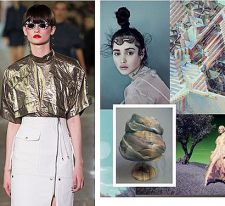The ABC of Visual Merchandiser
part 1 part 2
Nowadays there is a lot of talk about various ways to attract customers to the store. The main question is: "How do you get a customer to buy our wonderful things?"High level of service, product quality and visual appeal of the brand are the very components that ensure successful sales. Today we will talk about the third element.
The main thing that the visitor of the shopping center pays attention to when making a decision for himself whether to go inside the boutique or not is the visual picture of the goods in the showcase. Does it attract or repel – that's the question.
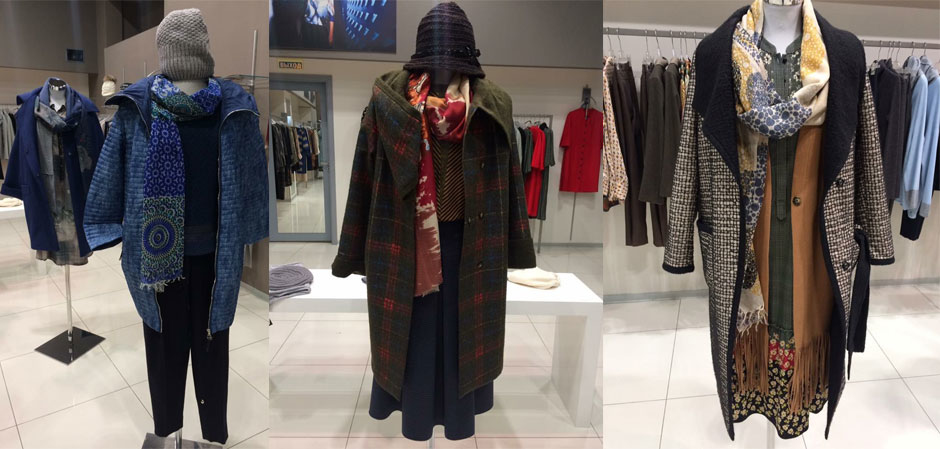
At this moment, the buyer is only the tip of the iceberg - the presentation of the product, which is provided by a whole range of events under the general name "visual merchandising". His task is to create a tempting "business card" of the brand, to demonstrate the style and philosophy of the company.
Visual merchandising – this is the magic wand that allows you to turn the difficult and often exhausting, especially in the format of a megapolis, the process of shopping into an exciting and enjoyable pastime. Now no self-respecting retail chain can do without this sales tool that combines the art of trading and competent psychological approaches to visualization. It is merchandising, of course, when used correctly, that is able to increase sales in stores by 30 to 50%. This is a serious competitive advantage that should not be neglected.
Compliance with certain merchandising rules can increase customer loyalty to the brand, its recognition, popularity and, ultimately, sales growth.
The more colorful, stylish, neater, more cozy the store looks, the faster the buyer decides to choose to visit it, and not the neighboring one, stay longer in it, buy more often and more.
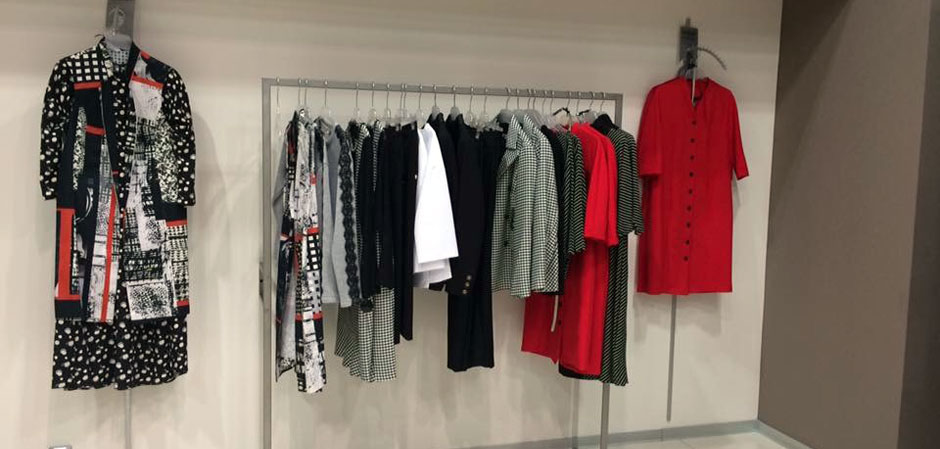
First-class merchandising solves the following tasks:
- creating a sense of convenience, comfort in the store;
- creating positive emotions in the customer;
- saving the buyer's time spent on the choice;
- demonstration of the product in the most advantageous form;
- stimulating multiple purchases.
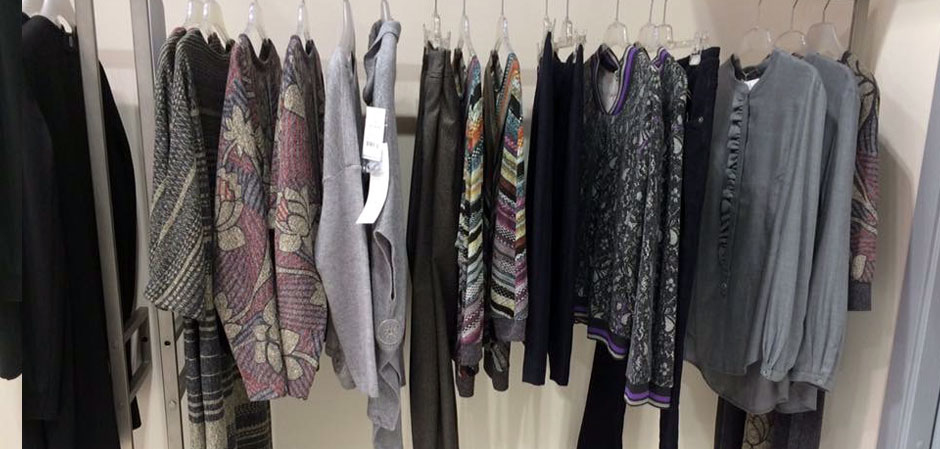
Rules for hanging a new collection:
- No more than 22 models and no more than 11 different articles should be placed on the rail with a standard length of 90 cm. Optimal – 18–20 models.
- It is necessary to observe the alternation of colors, not allowing displacement in one direction or the other.
- Models with prints should alternate with monochrome models. It is better not to hang models with different prints side by side.
- It is necessary to observe the geometry – not to allow a preponderance when short products hang on one side and long products on the other.
- When forming the capsule, both "tops" (dresses, blouses, jackets) and "bottoms" (skirts, trousers) are hung out at the same time. It is unacceptable to post only one "tops" or only one "bottoms".
- The first and last models of the capsule to be hung on the rail should completely cover the subsequent models in length and width.
- Coats and jackets are displayed either by the first or the last model in the capsule. It is unacceptable to hang out outerwear in the middle of the capsule. If the jacket model is short, trousers folded along the arrows may hang behind it. It is not allowed to hang trousers unfolded if they follow jackets and jumpers at the beginning or end of the capsule. Coats or other variants of outerwear are hung on the front equipment according to one model.
- Trousers, if they are without arrows and not in a sporty style, can be hung unfolded in the middle of the capsule.
- All models in the hall are hung out in two minimum sizes, the rest are stored in the utility room.
To be continued.
Text: Svetlana Vinte
